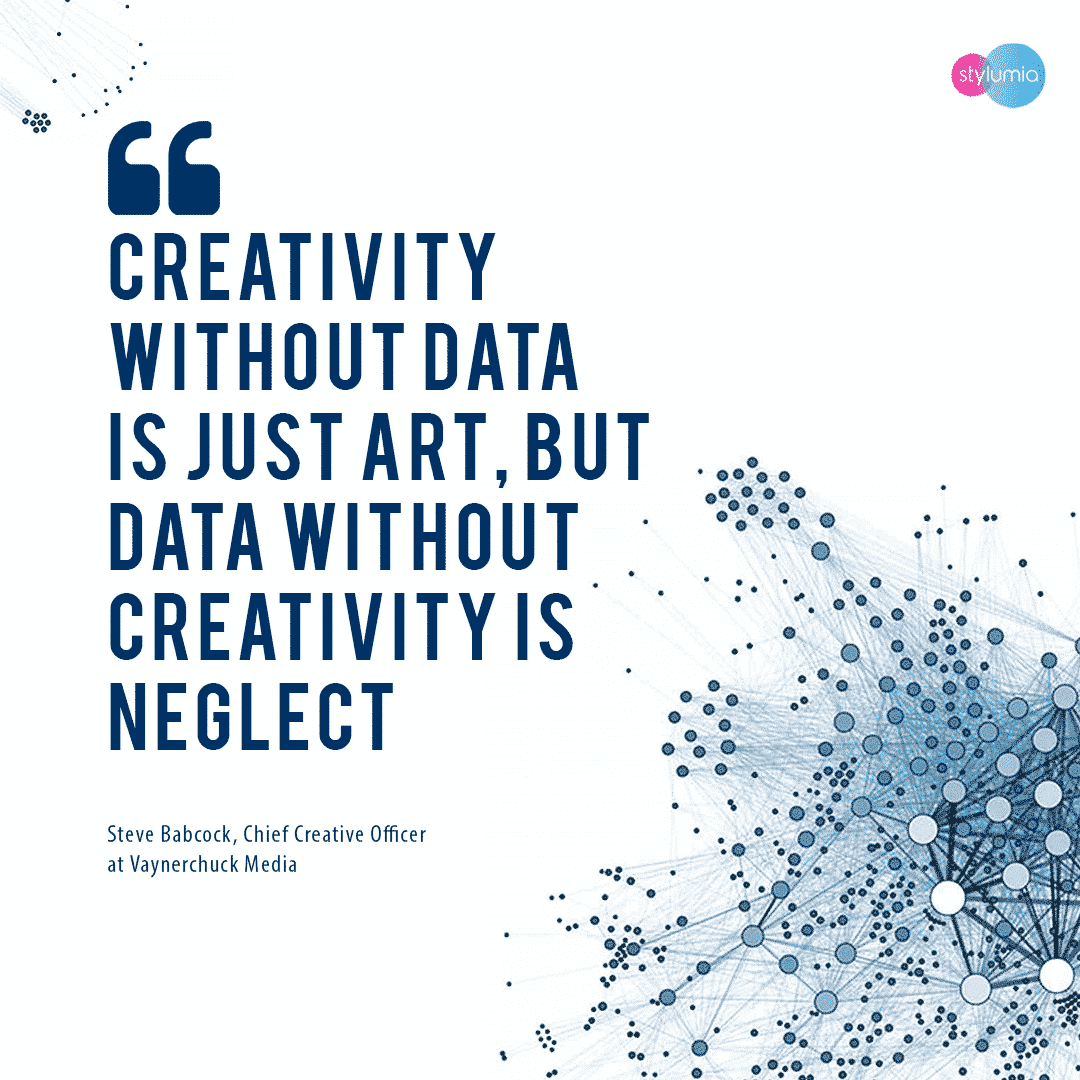Building A Data-Driven Culture


Should data-driven culture be a topic of discussion in an industry that is creative-led like fashion?
This is a fair question to ponder over. Data is no more just in the realm of analysts. For any consumer-centric brand and retailer, it is the lifeblood now to stay relevant. In this edit, we look at best practices in building a data-driven culture across the organisation with views from practitioners from diverse sectors.
The fashion industry is on the brink of a revolution. Today, designers have the latest trends at their fingertips with data gathered from Instagram feeds, runway shows and even changing rooms. But if the future of fashion design is dedicated to data does that mean the death of true creativity? Fashion creator Steve Brown argues for the opposite: that with more efficient production cycles, designers are free to focus on what they love. Watch Steve Brown’s TED talk here (9 minutes 46 seconds) or click the image below
The key takeaways from Steve Brown’s talk are,
1. The design is going through a revolution using data from sketching to fitting room feedbacks.
2. Technology is driving a new role for the designer. It is freeing the designer from mundane activities and unleashes freedom and creativity to both the designer and consumer.
3. Technology now allows dialogue with the consumer and allows feedback which helps creators constantly bring in relevant propositions.
4. In runways, the eye reactions of the audience in a show, now influence the next designer’s design.
5. The next transformation is how future collections are made. All forecasts are educated guesses. With the availability of large amounts of consumer data, fashion predictions are becoming faster and accurate.
6. The customer is the final filter.
7. The new role of the designer is to Create, Collaborate and Curate.
Marketing is a good parallel for fashion with creativity playing a key role in decision making.
There seems to be a sort of an unspoken understanding among marketing professionals that data and creativity are somehow complete opposites. Data is rational, creativity is irrational. Data is knowledge, creativity is a product of the imagination. Data is the certainty, creativity is not.
So, are the two mutually exclusives? Should marketers, whose profession has long relied on creativity and imagination, make a 180-turn and become hardcore data scientists? No, and no.
Quite on the contrary: Data can help marketers take their creativity to the next level. In fact, the more data you have, the more questions you can ask of it. And the more creative those questions, the more you will differentiate yourself in the long run.
“Creativity without data is just art. But data without creativity is neglect.”
– Steve Babcock, Chief Creative Officer at Vaynerchuck Media
The fact of the matter is that even if you don’t realize it, you’re likely making your marketing or other (business) decisions based on data. “Even when [creative professionals] favour instinct over research, they’re still using data—the data they’ve collected through experiences and observation over the course of their lifetime,” writes content marketing expert Greg Weinstein.
In a way, your gut feeling is a lot closer to big data than you might expect. It’s just the data from a single person’s point of view.
It is interesting to have a perspective from a new industry, the financial markets. Here is Rob Casper from JPMorgan Chase in an interview with Mckinsey talking about Data as the new crown jewel for any organisation. While we shop on Amazon we look at the delivery, shipment information and other details, are we paying the same attention to data in our professional setting?
Knowing data-driven decisions is crucial to success is just the first step. It is important to create an environment or culture for it to become the way of life.
We can learn from the world of technology how to build a data-driven culture. Avinash Kowshik is a thought-leader in data-driven decision making. In his talk to the team at Google, he shared his views on what it takes to build a data culture. Here is a summary of his recommendations.
“1. When you are driving any data initiative, focus on the outcomes. People relate to outcomes that can be both personal and professional. Outcomes can be metrics that impact the organisation like revenue.
2. When you solve for outcomes, the system will automatically demand data. When I was at Intuit we did an experiment of three creatives. We asked people to place a US$ 1 bet rather than simply giving their views. The result was everyone was chasing the information on which of the creatives won the consumer and why. The engagement was unusual. The reason was they had a stake on the ground.
3. If you are presenting data-based insights, de-personalise the decision making. The way to de-personalise decision making is to pass this filter “Does this report pass the test that it is not my opinion but the data speaking”
4. People listen to customers, bottom line (outcomes) and comparisons with others in the industry.
5. Empower analysts in the organisation. Do not make them reporting monkeys. Report on their own won’t create outcomes.
6. Take risks and do big things.
7. Make analysts a part of the business.”
You can watch Avinash Kowshik’s talk at Google here or click the image below.
As it is said “Culture eats Strategy for breakfast”, your next biggest differentiator could be building this data-driven culture in your organization. It is an organizational effort not restricted to a single role.
Hope this edit gave you some perspectives on how to build a data-driven culture. For those who would like to deep dive into developments in this area, there are two Mckinsey articles below you can refer
a) How analytics and digital will drive the next generation retail merchandising



